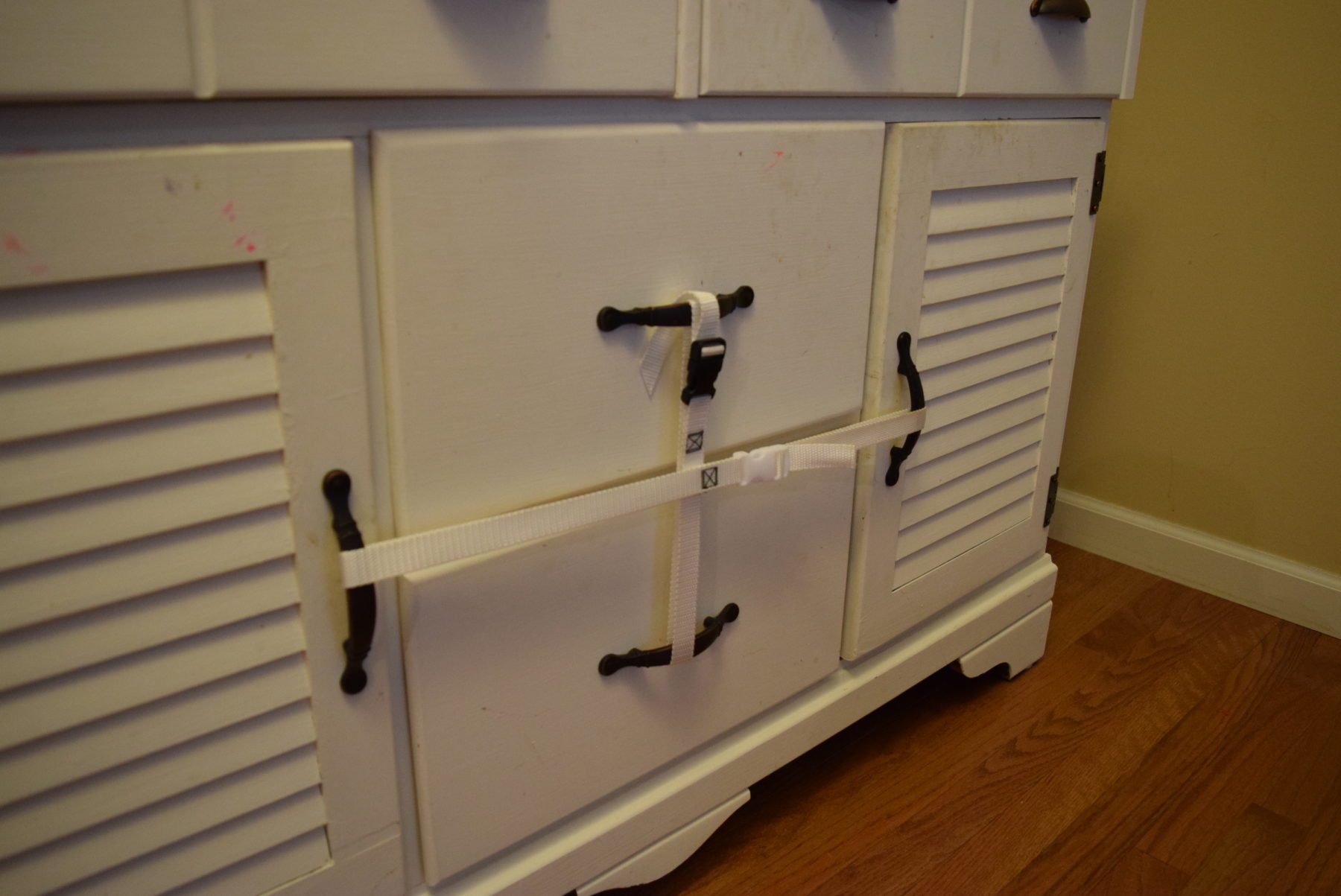

Furniture
How To Baby-Proof Dresser Drawers
Modified: September 2, 2024
Learn how to baby-proof your dresser drawers and keep your little one safe. Get expert tips and advice on securing furniture for baby's safety.
(Many of the links in this article redirect to a specific reviewed product. Your purchase of these products through affiliate links helps to generate commission for Storables.com, at no extra cost. Learn more)
Introduction
Welcome to our comprehensive guide on how to baby-proof dresser drawers. As parents, the safety and well-being of our children is always a top priority. One area of concern in our homes is furniture, particularly dressers with drawers that can pose potential hazards for curious explorers. Fortunately, with a few simple steps, you can create a safe environment for your little ones.
In this article, we will provide you with practical tips and strategies to ensure that your dresser drawers are secure and child-friendly. By following these guidelines, you can have peace of mind knowing that your child’s safety is well taken care of.
Key Takeaways:
- Keep your child safe by removing hazardous items, securing the dresser to the wall, and using drawer locks, stoppers, and liners. Regularly inspect and maintain safety measures to ensure ongoing effectiveness.
- Organize drawer contents to reduce the risk of accidents and injuries. Educate your child about drawer safety and regularly update baby-proofing strategies as they grow.
Read more: How To Baby Proof Curtains
Step 1: Remove hazardous items
The first step in baby-proofing your dresser drawers is to remove any hazardous items that could potentially harm your child. Take a thorough inventory of the contents of each drawer and identify any objects that may pose a danger, such as sharp objects, choking hazards, or toxic substances.
Remove any knives, scissors, or sharp tools from the drawers and store them in a secure location that is out of reach of children. Make sure to place them in a locked cabinet or an area where they cannot be accessed easily.
Additionally, remove any small items that could pose a choking hazard, such as small toys, buttons, or jewelry. These items can be tempting for curious little ones, so it’s essential to keep them out of their reach.
If you have any toxic substances such as cleaning products or medications stored in your dresser drawers, relocate them to a higher shelf or a locked cabinet. These substances can be harmful if ingested or touched by children, so it’s crucial to store them safely.
By removing these potentially hazardous items, you are creating a safer environment for your child and preventing any accidents or injuries that could occur from accessing these objects.
Step 2: Secure the dresser to the wall
One of the most important steps in ensuring the safety of dresser drawers is to secure the dresser itself to the wall. This is especially crucial if you have an adventurous and curious child who may attempt to climb or pull on the dresser.
To secure the dresser to the wall, you will need to purchase furniture straps or brackets designed specifically for this purpose. These straps or brackets are typically made of sturdy materials and can hold the weight of the dresser, preventing it from tipping over.
Start by measuring the distance between the dresser and the wall. Position the straps or brackets at the back of the dresser and attach them firmly to the wall using screws and anchors. Make sure to follow the instructions provided by the manufacturer to ensure proper installation.
It is recommended to use at least two straps or brackets to secure the dresser. Place them at the top and bottom of the furniture to provide maximum stability and prevent tipping. These straps or brackets should be tightened securely to eliminate any wobbling or movement.
Securing the dresser to the wall not only prevents accidents caused by climbing or pulling on the dresser, but it also creates a more stable environment, reducing the risk of objects falling out when the drawers are opened or closed.
Regularly check the straps or brackets to ensure they are still securely in place. As your child grows and becomes stronger, they may attempt to test the stability of the dresser, so it’s essential to conduct periodic inspections and re-tighten the straps or brackets if necessary.
By taking the time to secure your dresser to the wall, you are adding an extra layer of safety to protect your child and giving yourself peace of mind.
Step 3: Install drawer locks
Installing drawer locks is an effective way to prevent your child from accessing the contents of the dresser drawers and potentially injuring themselves. Drawer locks are specifically designed to secure the drawers, making it difficult for little hands to open them.
Start by selecting the appropriate drawer locks for your dresser. There are various types of locks available, such as adhesive locks, magnetic locks, or sliding locks. Choose the one that best suits your needs and is compatible with your dresser drawers.
Next, clean the surface of the drawers where the locks will be installed. This will ensure that the adhesive of the locks adheres properly and securely. Follow the instructions provided by the manufacturer to install the drawer locks correctly.
For adhesive locks, peel off the backing and firmly press the lock onto the inside of the drawer front. Make sure to position the lock in a way that it prevents the drawer from being fully opened. Allow the adhesive to set according to the manufacturer’s instructions.
If you opt for magnetic locks, mount the magnetic key on the outside of the drawer or cabinet door, and align the lock mechanism inside the drawer. When the magnet on the key comes close to the lock, it will disengage, allowing you to open the drawer.
Sliding locks require attaching a small plastic piece to the drawer frame and sliding a latch or catch into place to secure the drawer. This type of lock is easy for adults to operate but difficult for young children to figure out.
Once the drawer locks are installed, make sure to test them to ensure they are functioning correctly. Try opening the drawers with the locks engaged to verify that they are working effectively.
Remember to lock each drawer in your dresser, not just the top one. Children can be surprisingly resourceful and may attempt to open multiple drawers to reach what they want. By securing all the drawers, you’re minimizing the risk of accidents or injuries.
Keep in mind that drawer locks should be used in conjunction with other safety measures, such as securing the dresser to the wall and removing hazardous items. By implementing multiple layers of protection, you’re creating a safe environment for your child.
Step 4: Use drawer stoppers
In addition to drawer locks, using drawer stoppers is another important step in ensuring the safety of your dresser drawers. Drawer stoppers help to prevent the drawers from being fully pulled out, reducing the risk of them accidentally falling out or causing injury.
There are various types of drawer stoppers available in the market, including spring-loaded stoppers, rubber stoppers, and magnetic stoppers. Choose the type that is most suitable for your dresser drawers and meets your safety requirements.
To install drawer stoppers, begin by measuring the length of your drawers. Place the stoppers at the back of the drawer, ensuring they fit snugly against the back wall. Some stoppers come with adhesive backing, while others require screws for installation.
If using adhesive-backed stoppers, clean and dry the surface inside the drawer where the stopper will be attached. Peel off the adhesive backing and firmly press the stopper against the back wall of the drawer. Allow the adhesive to set according to the manufacturer’s instructions.
If using stoppers that require screws for installation, position the stopper against the back wall of the drawer and use a screwdriver to attach it securely. Make sure the screws are tightened adequately to hold the stopper in place.
Once the stoppers are installed, test them to ensure they are functioning correctly. Pull the drawers out partially to confirm that the stoppers prevent them from coming all the way out. This will provide an added layer of safety, reducing the risk of accidental falls or injuries.
It’s important to note that drawer stoppers should be used on all drawers in your dresser, not just on the top one. Even if a drawer is securely locked, a child might try to open it forcefully, causing it to come out unintentionally. By using stoppers on all the drawers, you are minimizing the risk of accidents.
Regularly check the drawer stoppers to ensure they are still intact and functioning correctly. Over time, they may become loose or worn out. If any stoppers are damaged or no longer effective, replace them promptly to maintain the safety of your dresser drawers.
By incorporating drawer stoppers into your baby-proofing measures, you are providing an additional level of safety and preventing accidents that could occur from fully pulling out the dresser drawers.
Install drawer latches to prevent little ones from opening dresser drawers and potentially pulling out heavy items. This will help keep them safe from accidents.
Read more: How To Baby Proof A Balcony
Step 5: Organize drawer contents
Organizing the contents of your dresser drawers not only helps to keep things tidy but also contributes to creating a safer environment for your child. By organizing items properly, you can reduce the risk of objects falling out or causing hazards when the drawers are opened or closed.
Start by decluttering and sorting the items in each drawer. Remove any unnecessary or unused items. Keep only the essential items that you regularly use or need easy access to. This will help to create more space in the drawers and reduce the chances of overcrowding.
Group similar items together, such as clothes, socks, or accessories. This will make it easier to find what you need and also prevent items from getting mixed up and tangled together.
Consider using drawer dividers or small storage containers to further organize the contents of each drawer. These can help to keep items separated and prevent them from shifting around when the drawers are opened or closed.
Keep heavier items at the bottom of the drawers and lighter or delicate items on top. This will help to maintain better balance and stability within the drawers.
Also, be mindful of the weight distribution within each drawer. Avoid placing too many heavy items on one side, as this can cause the drawer to become imbalanced and potentially tip over.
Labeling the drawers can be beneficial, especially if you have multiple dressers or if other family members will be accessing them. This can help everyone locate items more easily and ensure they are returned to their designated places.
Regularly inspect the organization of the drawers and make necessary adjustments as needed. Over time, drawers may become unorganized or cluttered. Taking a few minutes to tidy up the drawers periodically will help to maintain an organized and safer environment.
By organizing the contents of your dresser drawers, you are not only creating a more efficient and accessible space but also reducing the risk of accidents or injuries caused by disorganized and cluttered drawers.
Step 6: Use drawer liners
Using drawer liners is a simple yet effective way to protect the surfaces of your dresser drawers and keep them clean and well-maintained. Drawer liners serve as a protective barrier, preventing items from scratching or damaging the interior of the drawers.
Start by selecting the type of drawer liner that best suits your needs. There are various options available, including adhesive liners, non-slip liners, and fabric liners. Choose a liner that is durable, easy to clean, and fits the size of your drawers.
Before applying the drawer liner, make sure that the interior of the drawer is clean and dry. Remove any debris or dust particles that may be present. This will ensure that the liner adheres properly and provides maximum protection.
If you’re using adhesive drawer liners, peel off the backing and carefully place the liner along the bottom surface of the drawer. Smooth out any air bubbles or wrinkles, ensuring it lays flat and adheres evenly to the surface.
Non-slip drawer liners are a great option for keeping items in place and preventing them from sliding around when the drawers are opened or closed. These liners have a textured or rubberized surface that provides grip, reducing the risk of items shifting or falling over.
Fabric drawer liners not only protect the surface of the drawers but also add a touch of elegance and style. They come in various patterns and designs, allowing you to personalize the interior of your drawers while keeping them protected.
Drawer liners also make it easier to clean and maintain the drawers. If any spills or messes occur, simply remove the liner and clean it separately. This prevents stains or odors from seeping into the drawer itself.
Regularly check the condition of the drawer liners and replace them if needed. Over time, liners may become worn out or stained. By keeping them in good condition, you are ensuring that your dresser drawers remain protected and well-preserved.
In addition to protecting the surface of the drawers, drawer liners also add a decorative touch. They can enhance the aesthetic appeal and overall look of your dresser, making it more aesthetically pleasing.
By using drawer liners, you are not only safeguarding the interior of your dresser drawers but also adding an extra layer of protection for your belongings. It’s a simple yet effective step in creating a well-organized and safe environment.
Step 7: Regularly inspect and maintain safety measures
Once you have implemented the necessary safety measures for your dresser drawers, it’s essential to regularly inspect and maintain them to ensure ongoing effectiveness and safety for your child.
Start by conducting routine inspections of the dresser drawers and their safety features. Check the drawer locks, stoppers, and straps to ensure they are still in good working condition and securely in place. Look for any signs of wear, damage, or loose screws.
If you notice any issues with the safety measures, such as a loose lock or a broken stopper, take immediate action to address the problem. Replace any damaged or ineffective components to ensure the continued safety of your child.
As your child grows and becomes more curious, they may attempt to test the security of the dresser drawers. This is especially true for drawer locks and stoppers. Regularly evaluate the effectiveness of these measures and consider upgrading or reinforcing them if necessary.
During your inspections, also check the contents of the dresser drawers. Ensure that items are still properly organized and that there are no hazardous or out-of-place objects present. Remove any new hazards that may have inadvertently made their way into the drawers.
Take the time to educate your child about the importance of drawer safety and the dangers of climbing on or pulling out dresser drawers. Teaching them to respect and understand the safety measures in place can help prevent accidents from occurring.
Periodically review and update your baby-proofing strategies as your child grows and develops. What worked when they were a toddler may not be as effective when they are older. Stay informed about new safety products and advancements, and adjust your measures accordingly.
Finally, make safety a consistent priority in your home. Encourage family members and caregivers to follow the established safety measures and be vigilant in keeping the dresser drawers secure. By maintaining a collective effort, you can ensure the ongoing safety of your child.
By regularly inspecting and maintaining the safety measures in place, you are proactively addressing any potential risks or hazards. This dedication to ongoing safety will provide you with peace of mind and protect your child as they explore and grow in their environment.
Conclusion
Ensuring the safety of your child is paramount, and baby-proofing your dresser drawers is an important step in creating a secure environment. By following the seven steps outlined in this guide, you can significantly reduce the risk of accidents and injuries associated with dresser drawers.
First, remove any hazardous items from the drawers to prevent potential harm to your child. Next, secure the dresser to the wall to prevent tipping and ensure stability. Installing drawer locks offers an additional layer of protection, making it difficult for little ones to access the contents of the drawers.
Using drawer stoppers helps prevent drawers from being fully pulled out and potentially causing accidents. Organizing the contents of the drawers reduces the risk of items falling out or causing hazards. Drawer liners protect the surface of the drawers and add an aesthetic touch.
Lastly, regularly inspect and maintain the safety measures to ensure ongoing effectiveness. By conducting routine checks, addressing any issues promptly, and updating your baby-proofing strategies as your child grows, you can stay ahead of potential risks.
Remember, creating a safe environment is an ongoing process. As your child develops and becomes more aware of their surroundings, it’s crucial to adapt your safety measures accordingly. Stay informed about the latest safety products and recommendations to keep your child protected.
By implementing these steps and prioritizing safety, you can create a secure space for your child to explore and thrive, knowing that their well-being is well taken care of. Enjoy peace of mind knowing that your dresser drawers are baby-proofed and your child can safely navigate their surroundings.
Frequently Asked Questions about How To Baby-Proof Dresser Drawers
Was this page helpful?
At Storables.com, we guarantee accurate and reliable information. Our content, validated by Expert Board Contributors, is crafted following stringent Editorial Policies. We're committed to providing you with well-researched, expert-backed insights for all your informational needs.


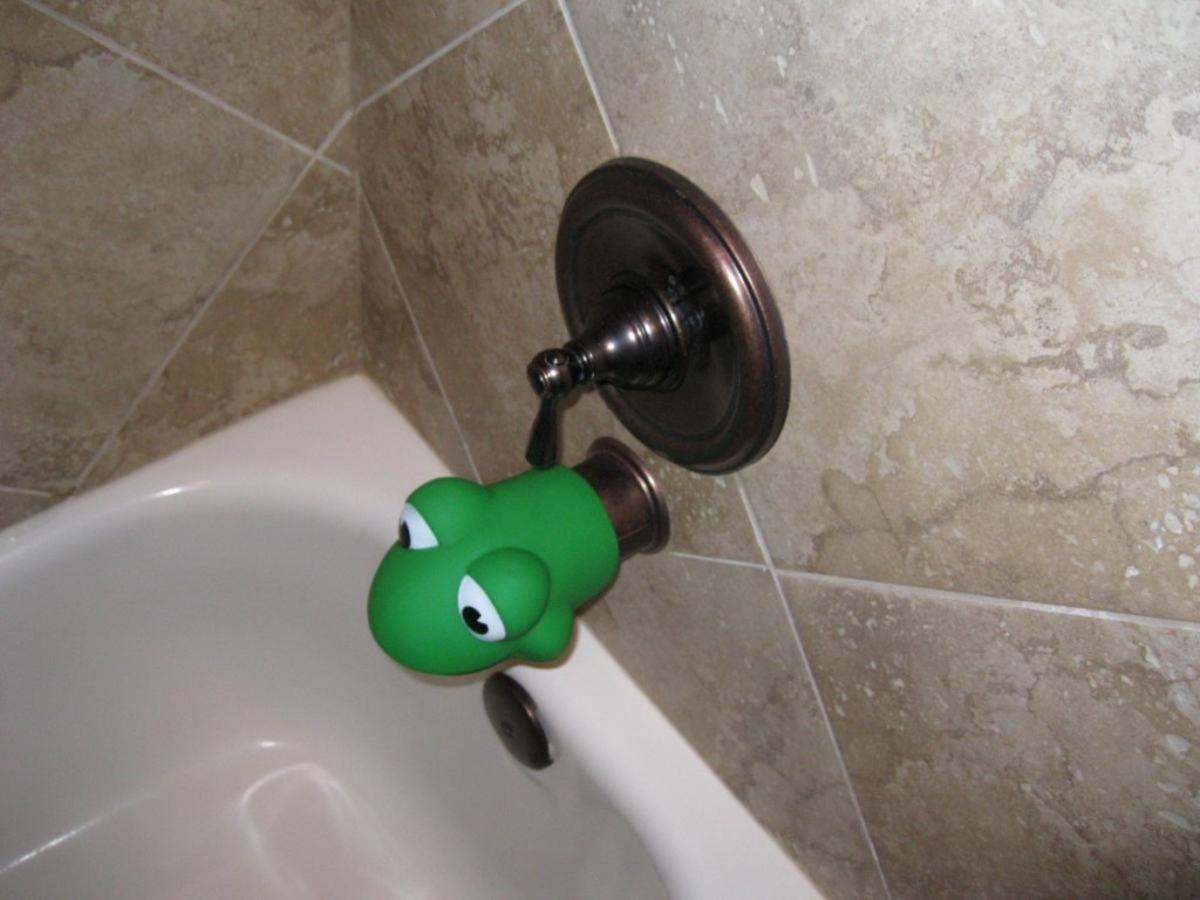
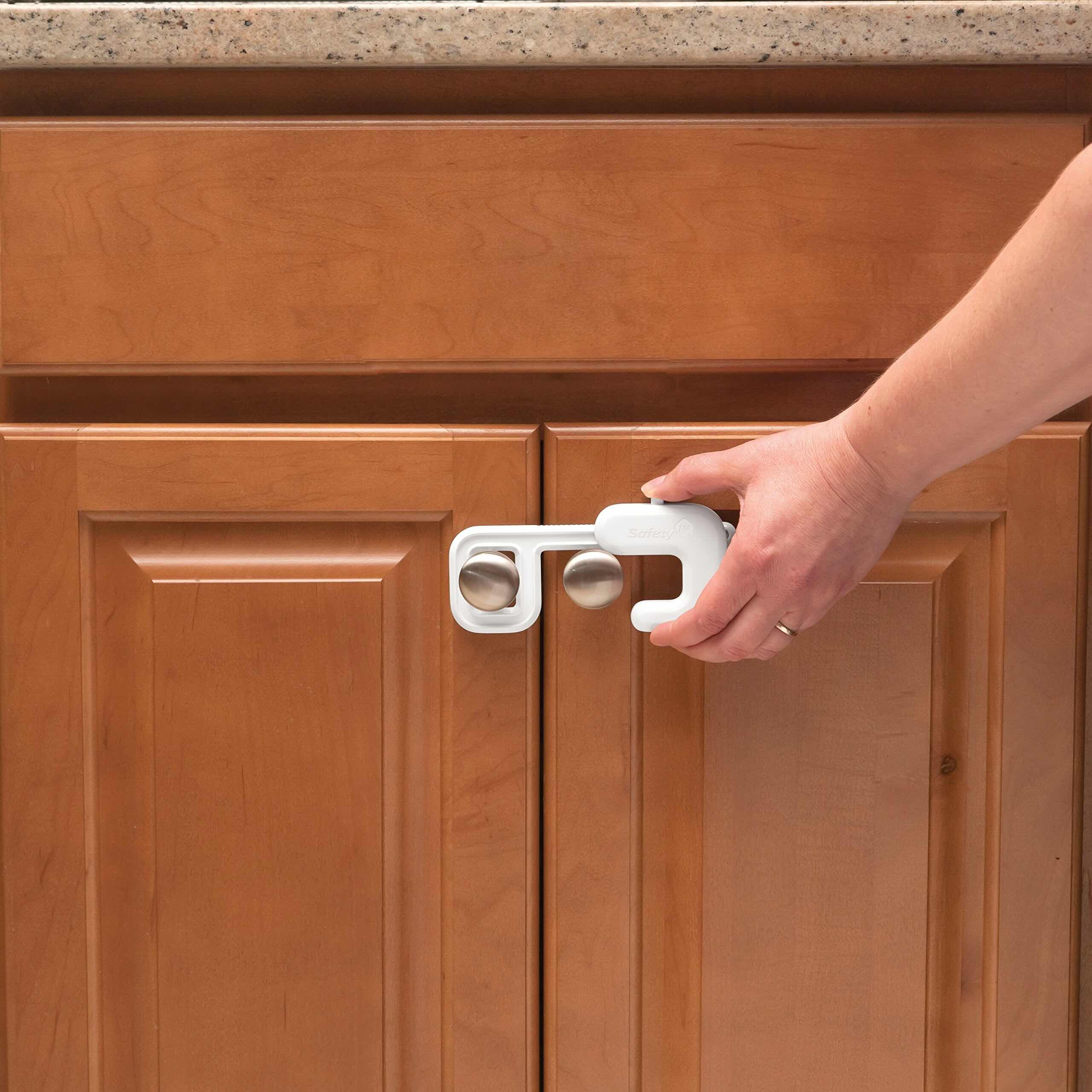
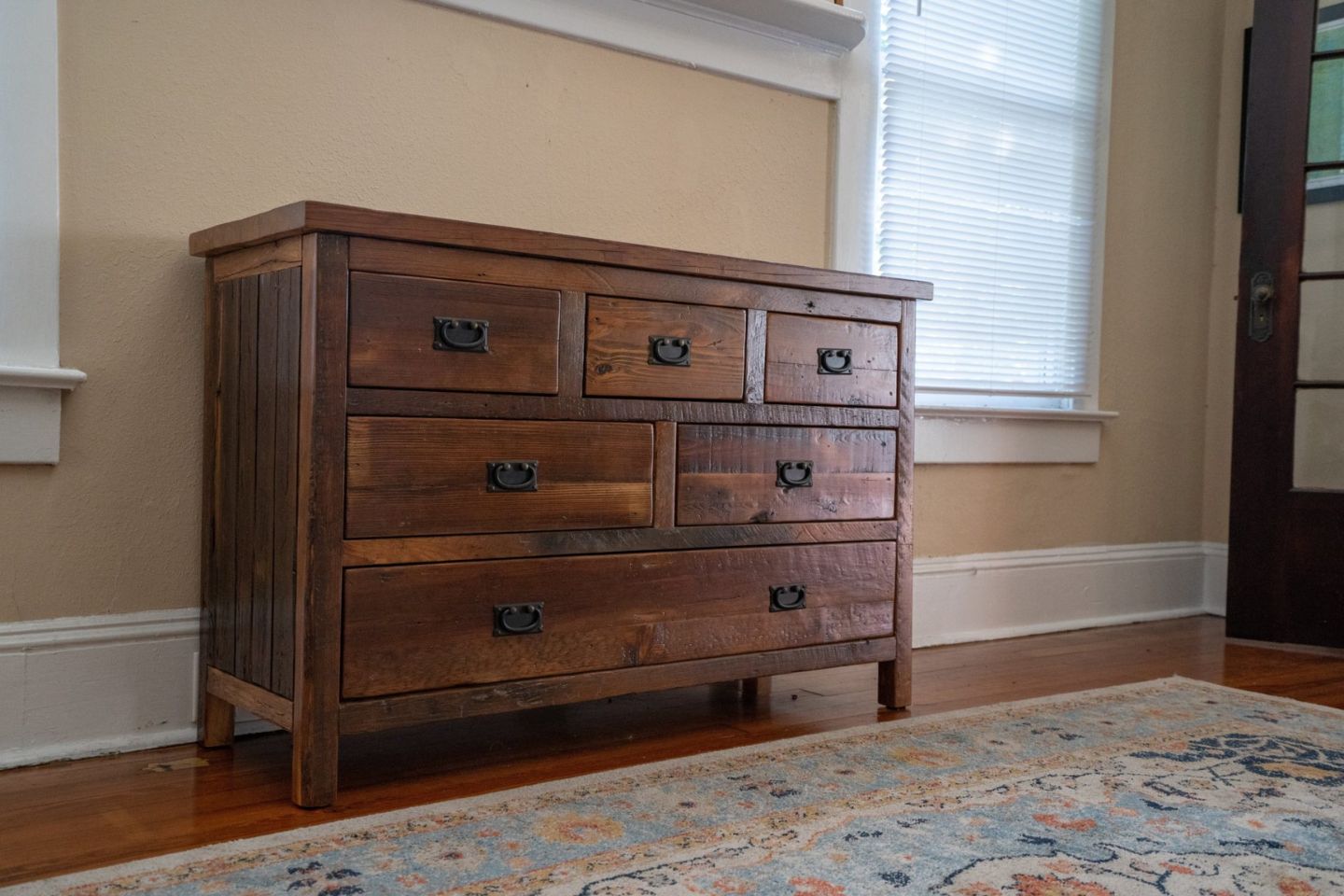
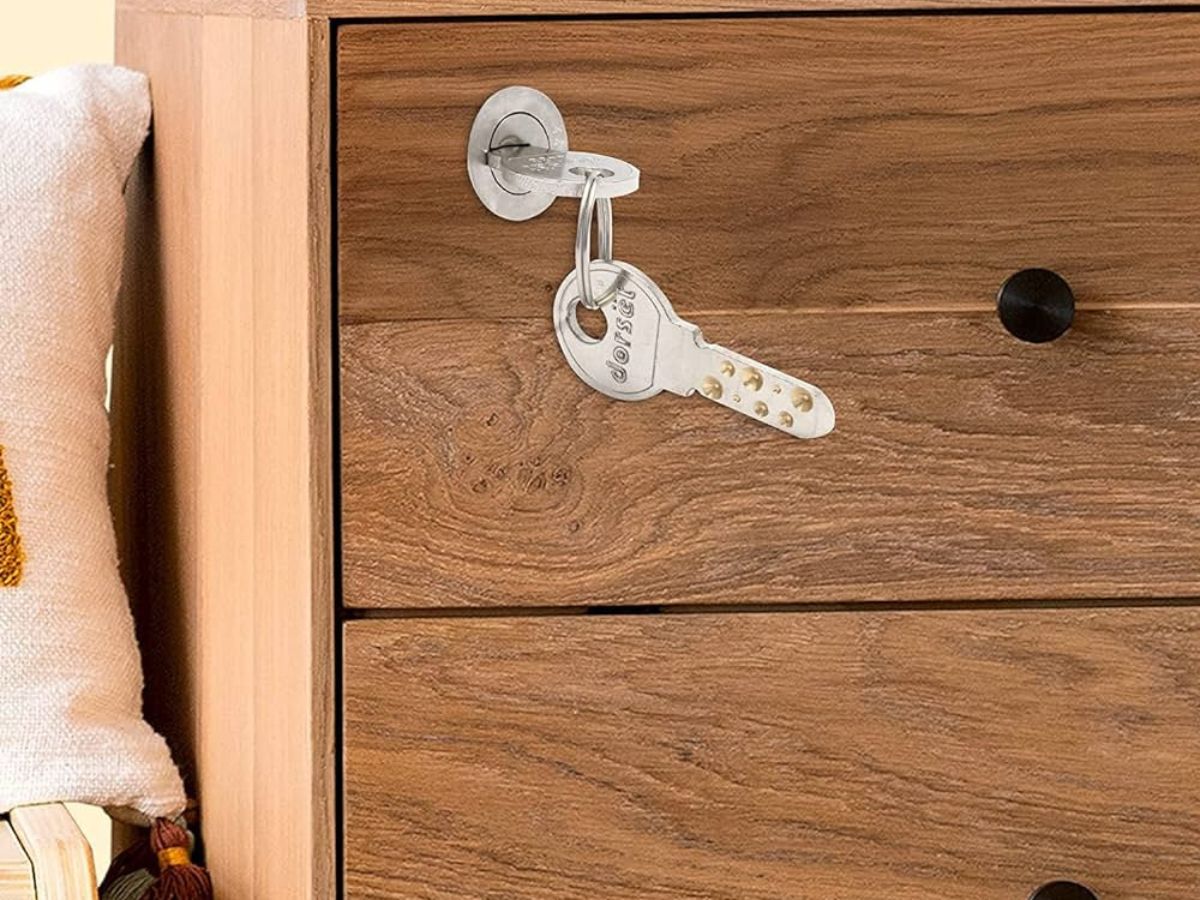
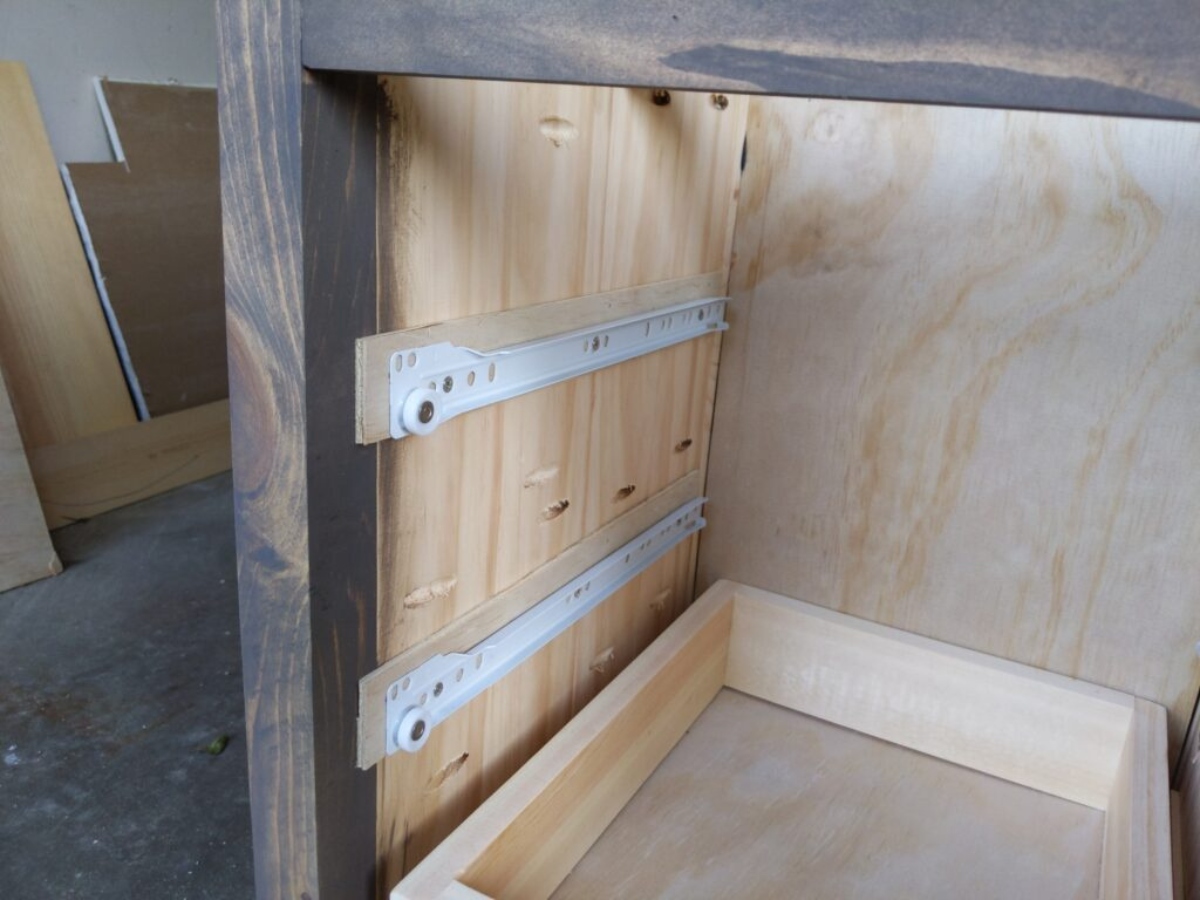
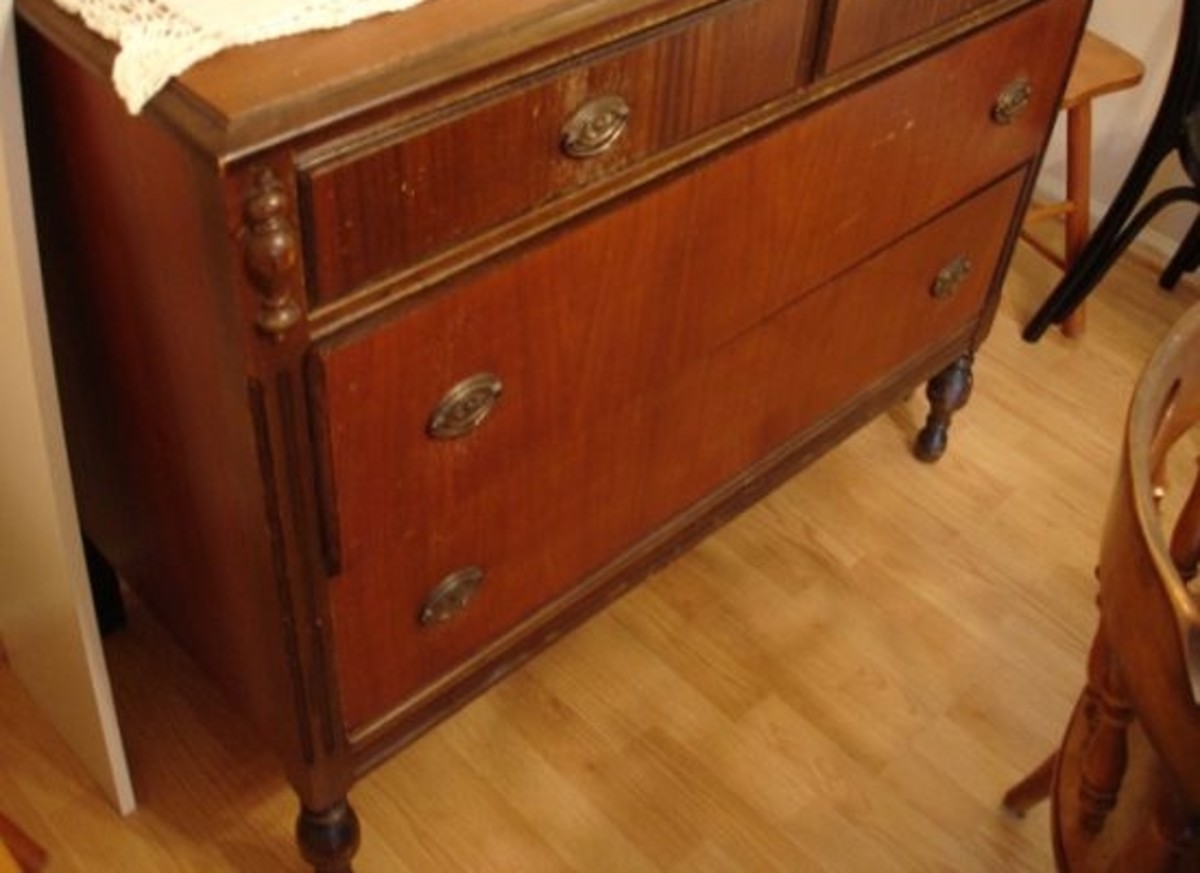
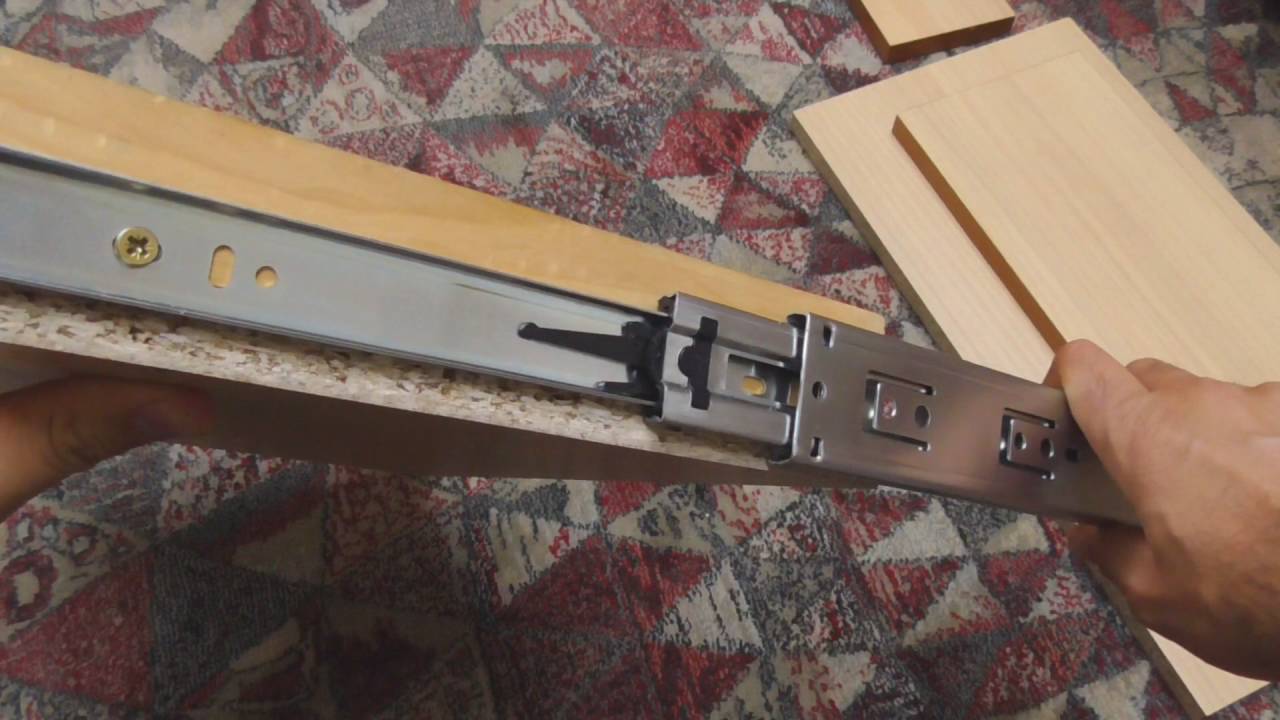
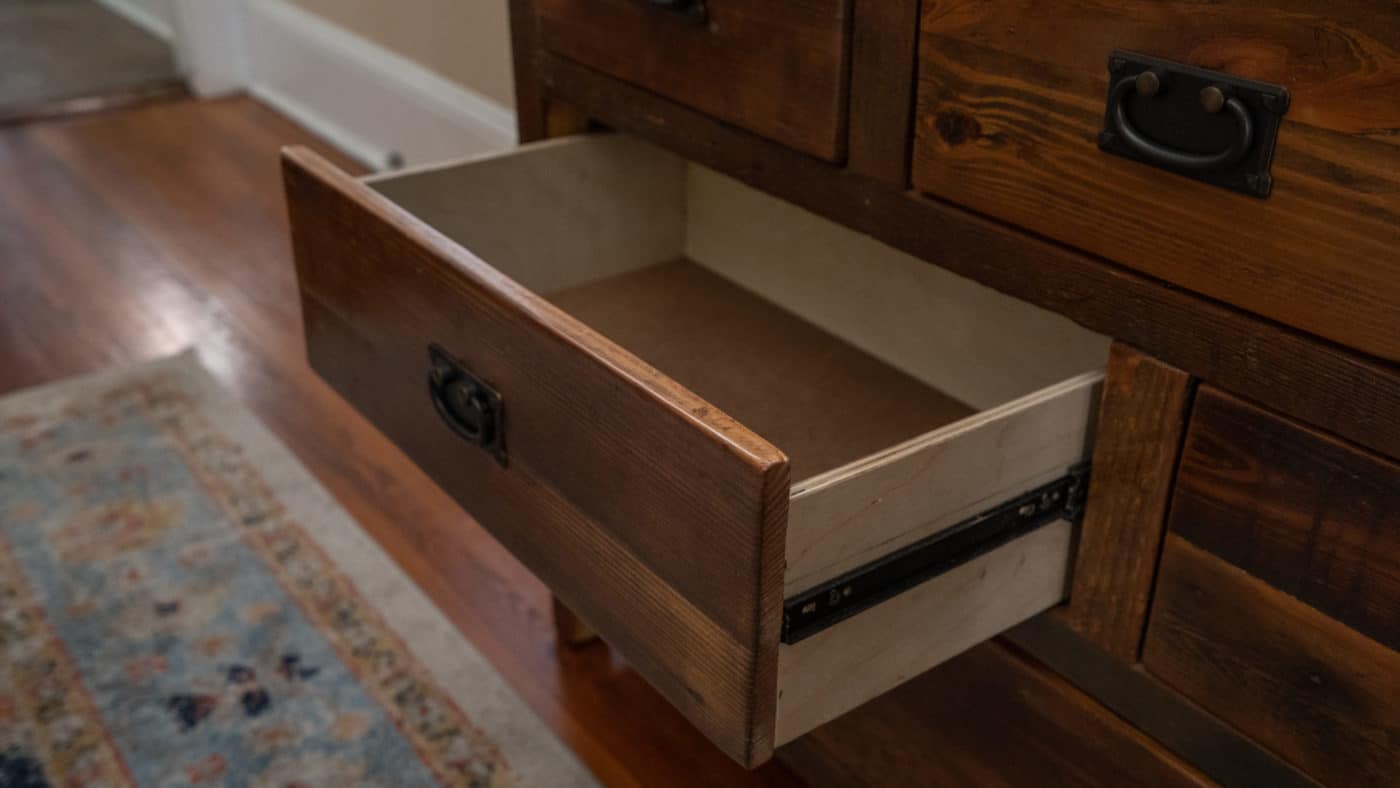

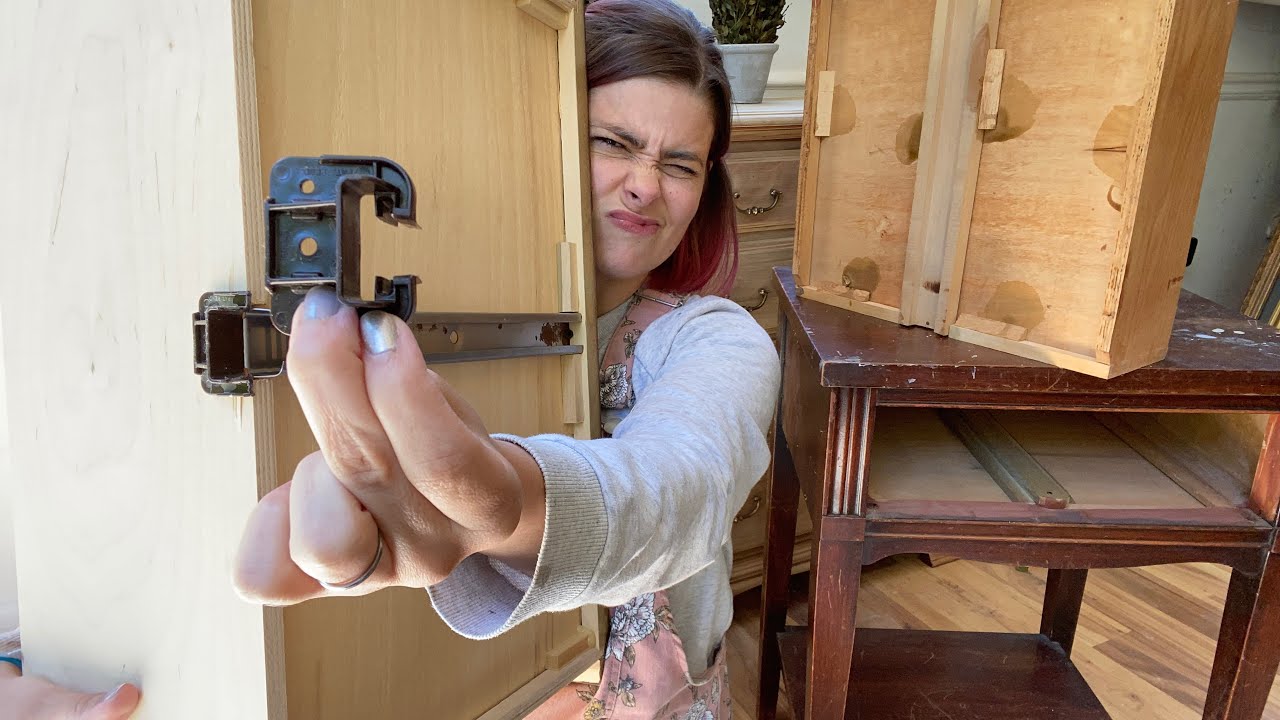
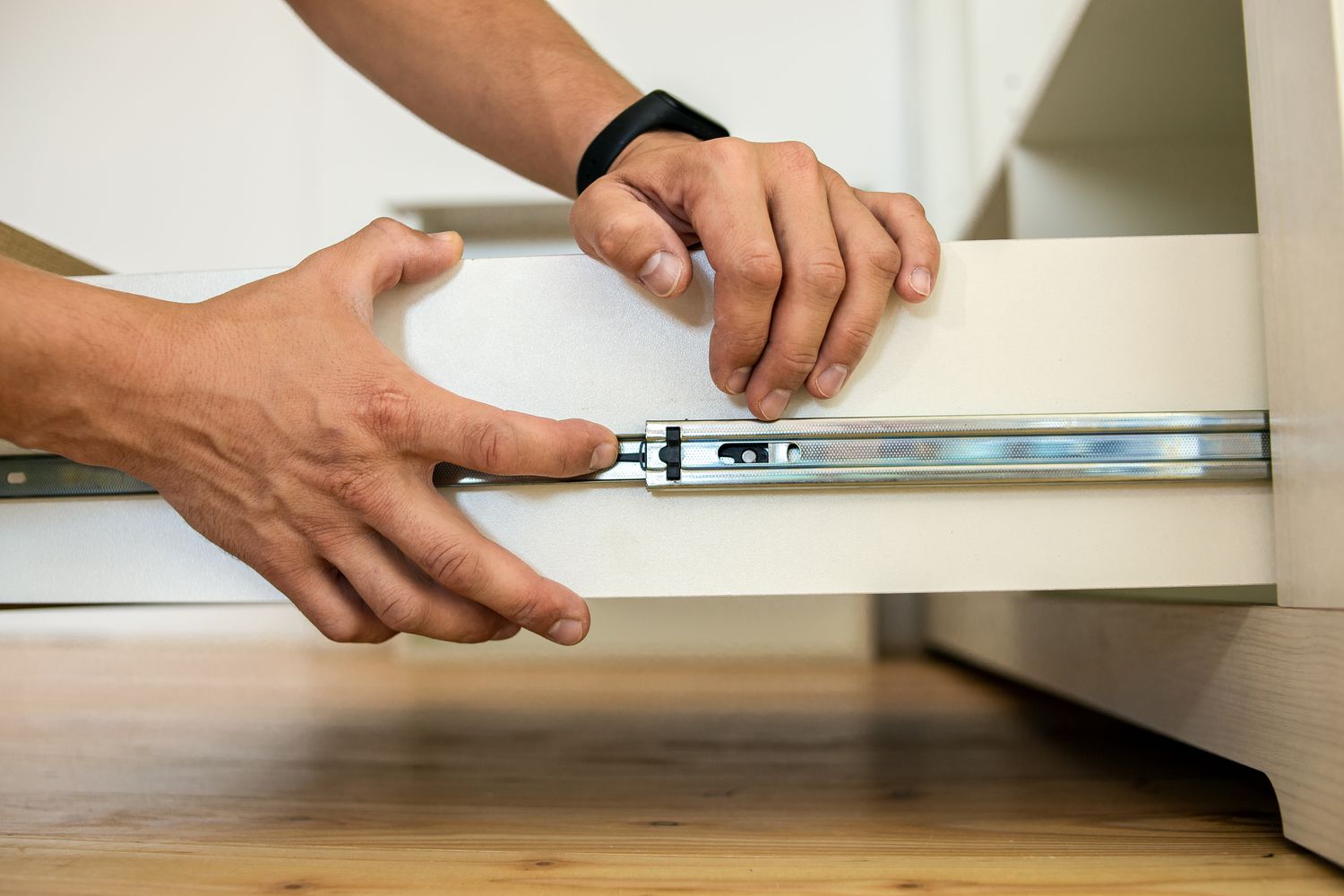
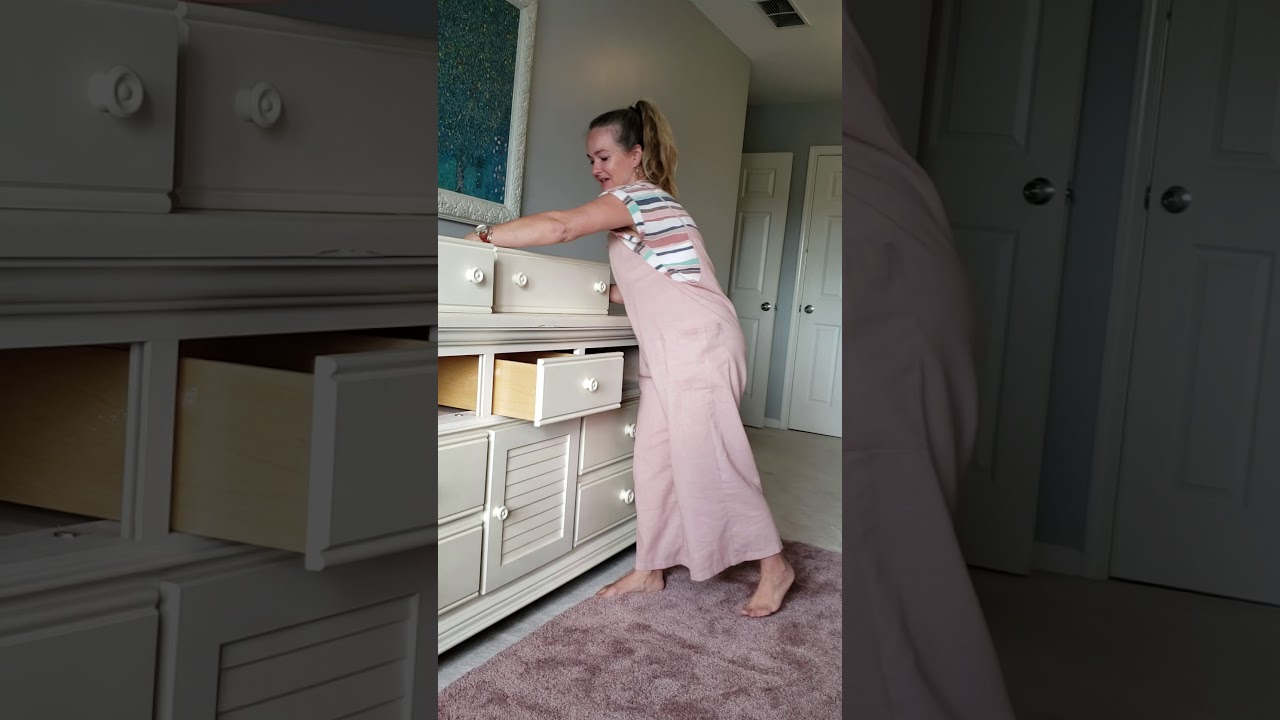

0 thoughts on “How To Baby-Proof Dresser Drawers”